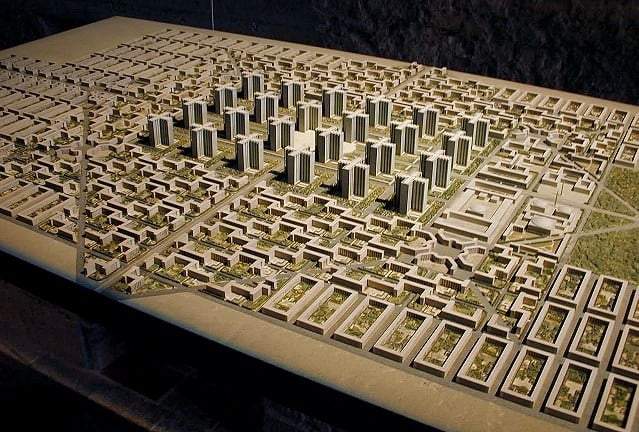The American Institute of Architects (AIA) has released its monthly Architecture Billings Index (ABI) for September and the score once again reports steady growth. While September’s score of 51.7 is down from August’s 53.3, any score above 50 indicates growth from the previous month. This indicates that business conditions for architects remain stable for the twentieth consecutive month, despite rising inflation.
In September, new project inquiries and design contracts dipped slightly to 53.6 and 50.7 from 57.9 and 52.3 in August, yet still indicate robust growth. Each month the ABI reports on the four regions of the United States, pulling survey data from responding firms. This month, the Northeast reached its “highest pace of growth” in recent years coming in with a score of 54.6; this is notably up from the previous month in which it was reporting decreased demand with a “softened” score of 49.8. It has outpaced the rate of growth in the South, which had been the strongest region for two consecutive months with a score of 52.9, which slightly declined to 51.7 in September.
Scores in the Midwest region and West reported an uptick in scores, 52.1 and 51.6, respectively, this comes after a rather sharp decline from the early summer when the West was reporting considerably high growth with a solid score of 57.8 in June.
In addition to regional averages, the ABI also calculates an average growth score for building sectors: institutional, residential, commercial/industrial, and mixed practice. Last month, each sector reported an increase in billings with the strongest growth observed in multifamily residential and institutional projects. The increase in billings spurred by the post-pandemic recovery was rather short lived as both multifamily residential and commercial/industrial sectors reported a decrease in billings, with commercial down to a low 49.6 and residential slightly below that at 47.9.
AIA Chief Economist Kermit Baker noted this decline in a statement accompanying this month’s report: “While billings in the Northeast region and the Institutional sector reached their highest pace of growth in several years, there appears to be emerging weakness in the previously healthy multifamily residential and commercial/industrial sectors, both of which saw a decline in billings for the first time since the post-pandemic recovery began.”
Baker also commented on the backlog of projects at reporting firms, which remained at 7.0 months for the third quarter of the year. During the first quarter of the year the average backlog was 7.2 months.
“Across the broader architecture sector, backlogs at firms remained at a robust 7.0 months as of the end of September, still near record-high levels since we began collecting this data regularly more than a decade ago,” Baker added.
Stay tuned for next month’s report. Will the upward trend hold still or will the industry’s billings reach a plummeting point?

